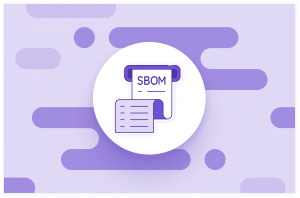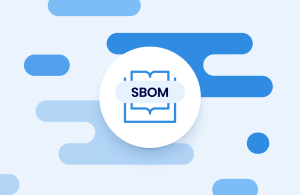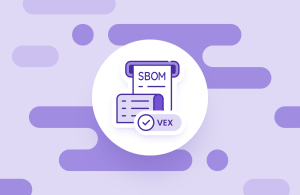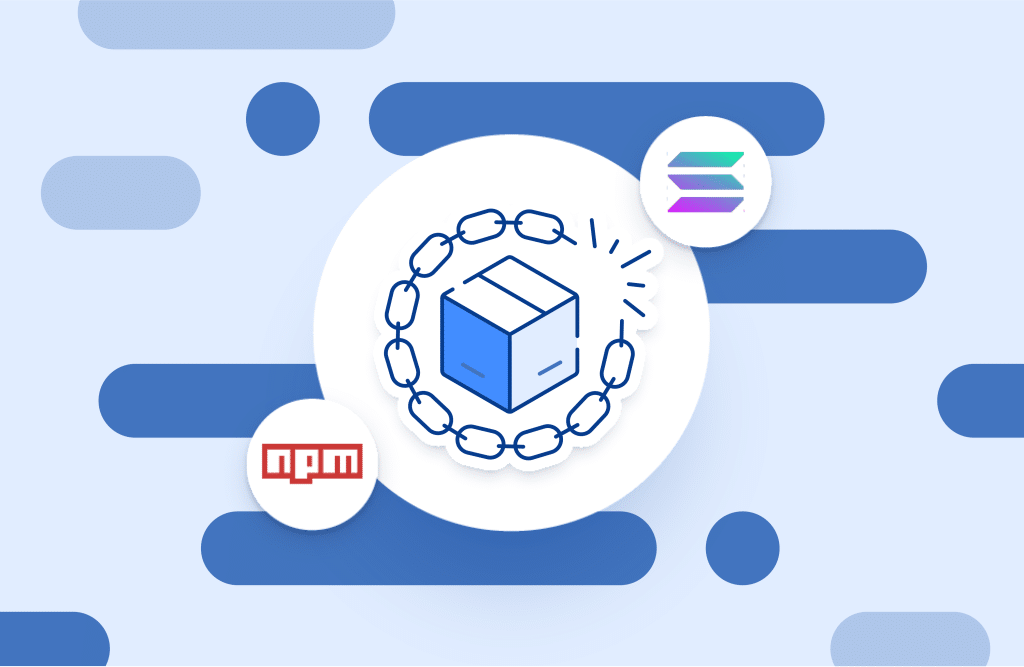Table of contents
SBOM Examples and How to Use Them for Supply Chain Security

A A Software Bill of Materials, or SBOM, is an inventory of all the components that make up a software application. It lists open source libraries, proprietary code, containers, and their dependencies. In practical terms, it is like an ingredient list for software. Just as food labeling helps consumers understand what they are eating, an SBOM helps organizations understand what is inside their applications.
In recent years, SBOMs have moved from an emerging concept to a security and compliance requirement. Government agencies such as CISA and the NTIA have issued SBOM guidance, while regulations like the US Executive Order 14028 and the EU Cyber Resilience Act are making SBOMs mandatory for many suppliers. But despite the increased focus, many teams still wonder what an SBOM actually looks like in practice.
In this article, we will look at SBOM examples, explain how they work, and show how they can improve supply chain security. Along the way, we will cover the different formats, common use cases, and the tools you can use to generate and maintain SBOMs.
What an SBOM Example Looks Like
At its simplest, an SBOM is a file that lists all the components of your application. It often comes in a structured format such as JSON or XML so that it can be parsed by machines and integrated into security workflows.
Here is a very simple JSON-style SBOM example:
{
“bomFormat”: “CycloneDX”,
“components”: [
{
“name”: “lodash”,
“version”: “4.17.21”,
“licenses”: [“MIT”]},
{
“name”: “express”,
“version”: “4.18.2”,
“licenses”: [“MIT”]}
]}
This short example shows two dependencies with their versions and licenses. Real SBOMs are much larger, often running hundreds or thousands of lines depending on the complexity of the application.
Different formats are available, including SPDX, CycloneDX, and SWID tags. Each has its strengths and is used in different industries. For a comparison, see our guide to SBOM formats.
SBOM Examples in Action
Looking at an SBOM file is only the first step. The real value comes from how SBOMs are used in day-to-day security and compliance work. Here are three practical SBOM examples in action.
Example 1: SBOM for Security
When a new vulnerability is announced, security teams often scramble to understand if they are exposed. With an SBOM in place, they can quickly search the inventory to see if the vulnerable package is present.
Take the case of Log4j. Organizations with SBOMs could run a simple query across their applications and identify exactly which ones included the vulnerable component. Teams without SBOMs had to manually inspect codebases and configuration files, often wasting valuable time.
This kind of use case highlights why SBOMs are essential for proactive SBOM security.
Example 2: SBOM for Compliance
Another SBOM example is compliance auditing. Many open source components come with licenses that impose obligations on how software can be distributed or modified. Without visibility, companies risk license violations.
An SBOM provides a complete record of licenses for every component. This helps legal and compliance teams track exposure to restrictive licenses such as GPL and prove that they are meeting requirements. To learn more about how to review and verify SBOM data, see our guide to SBOM audit.
Example 3: SBOM for Incident Response
When a zero-day vulnerability is disclosed, time is critical. An SBOM can be paired with a Vulnerability Exploitability eXchange, or VEX, to provide context about whether a vulnerability is actually exploitable in your environment.
For example, a component may contain a known vulnerability, but your application does not use the affected functionality. A VEX statement included with your SBOM lets you prioritize fixes based on real exploitability. This reduces false alarms and keeps security teams focused. Learn more about SBOM VEX.
Different Types of SBOM Examples
Not all SBOMs are created for the same purpose. Depending on the audience and use case, SBOMs can take different forms.
- Developer-focused SBOMs. These are integrated into CI/CD pipelines and give developers immediate visibility into the dependencies they are using. They help teams remediate vulnerabilities before software is deployed.
- Procurement-focused SBOMs. Organizations increasingly request SBOMs from vendors as part of the buying process. This lets buyers understand the security posture of third-party software before adoption.
- Enterprise-focused SBOMs. Larger organizations may use SBOMs to meet regulatory requirements, support internal audits, and communicate the value of their software assets to stakeholders. See more about this in our guide to SBOM software.
Tools for Generating SBOM Examples
Creating an SBOM by hand is impractical. Modern tools automate the process by scanning code, dependencies, and containers to produce an SBOM in the required format.
Popular SBOM tools can:
- Generate SBOMs in SPDX, CycloneDX, or SWID formats
- Continuously monitor for vulnerabilities and license risks
- Integrate SBOM generation into CI/CD pipelines
- Provide [software bill of materials tools] that support enterprise reporting and compliance
Using automation ensures SBOMs stay accurate and up to date with every build.
What SBOM Examples Teach Us About Supply Chain Security
SBOM examples demonstrate that visibility is the key to modern supply chain security. They show how organizations can:
- Reduce time to respond during zero-day events
- Improve compliance with license obligations
- Increase transparency between software producers and consumers
- Build resilience into development pipelines
These are not abstract benefits. They translate into reduced business risk, fewer breaches, and more reliable software.
Related Security Practices
SBOMs are part of a larger set of practices designed to secure modern applications. One related area is software composition analysis tools. These tools go beyond SBOM generation to provide continuous monitoring, vulnerability detection, and automated remediation across the full lifecycle of your applications.
Final Thoughts on SBOM Examples
SBOMs are no longer optional. They are a necessary foundation for security, compliance, and trust in the software supply chain. By looking at SBOM examples in practice, we see how they help organizations respond to vulnerabilities, track licenses, and maintain resilience.
The takeaway is clear: SBOMs are not just about meeting regulations. They are about building confidence in software. With the right SBOM formats, SBOM tools, and auditing practices, you can ensure your organization is ready for whatever comes next.













